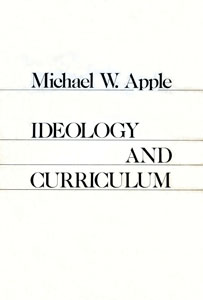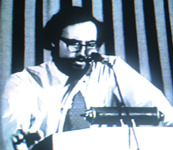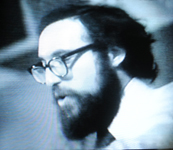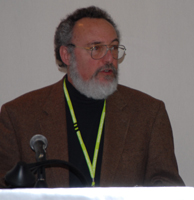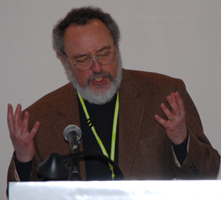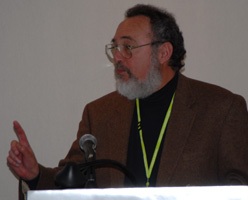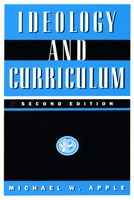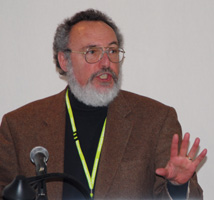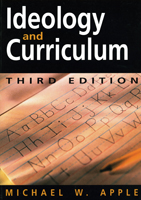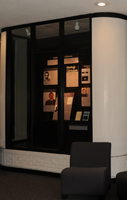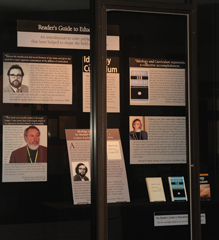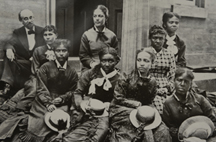

Books of the 20th Century Exhibition
|
|||||||||||||
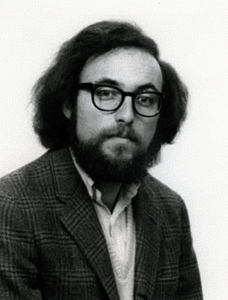 |
Ideology and Curriculum |
|
|||||||||||
“I think we are beginning to see more clearly a number of things that were much more cloudy before. As we learn to understand the way education acts in the economic sector of a society to reproduce important aspects of inequality, so too are we learning to unpack a second major sphere in which schooling operates. For not only is there economic property, there also seems to be symbolic property––cultural capital––which schools preserve and distribute.” Michael W. Apple, Ideology and Curriculum, 1979, p. 3. |
|||||||||||||
|
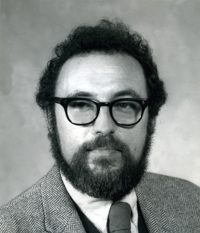 |
||||||||||||
|
|||||||||||||
Comments on Ideology and Curriculum Twenty Years “Ideology and Curriculum represents a collective accomplishment. It was meant to bring together the national and international literature on the relationship between curriculum, teaching, and evaluation on the one hand and differential cultural, political, and economic power on the other. By collective accomplishment, I mean the following. The field of curriculum studies and the larger field of education have been dominated by technical perspectives; but these fields had always had a tradition of critical social and cultural analysis of the ends and means of education. The task was to stand on the shoulders of the women and men who had engaged in such critical work, extend their analyses, and push the field in new and more powerful directions at the same time. |
|||||||||||||
|
|||||||||||||
“Yet there was another complexity. Even though the field of education was dominated by technical and/or simplistic reformist impulses, on both sides of the Atlantic there were emerging traditions of thinking about the connections between culture and power. In the United States, critical theory, the sociology of knowledge, and social phenomenology had come together within critical curriculum studies. In the United Kingdom and France, these and other traditions were being merged in the sociology of education in the work of Bernstein, Young, Whitty, Dale, Bordieu, and others. It quickly became clear that on both sides of the Atlantic similar questions were being asked and a range of similar traditions were being turned to. Thus, Ideology and Curriculum was able to take advantage of both the U.S. and European traditions in critical social, cultural, and educational scholarship as my contacts with scholars in Europe began to grow over the decade of the 1970s.
“The book was actually meant to be much longer. I was aware that it developed much of its argument around a theory of domination and gave too little space to issues of agency, resistance, and contradiction. But, even though the arguments seemed partly incomplete to me at the time, it also seemed wise to publish Ideology and Curriculum even with its limitations in order to intervene into the educational and political debates that were raging at the time. The book was then followed three years later with Education and Power, a volume that placed much more emphasis on the areas that were under-developed in Ideology and Curriculum. “Given the intellectual and social ferment of the times and given the need for a more rigorous examination of the politics of curriculum and teaching that go on in real schools, these books came out at exactly the correct time. Even with its limitations, Ideology and Curriculum proved to be one of those volumes that enabled the succeeding generations to become more rigorous in their understanding of and action upon one of the dominant institutions of our and many other societies. Since I wanted to contribute to and extend the long tradition of enabling people to stand on the shoulders of all those whose vision of education is both socially and culturally critical, I am pleased that it accomplished much of what it set out to do.”Michael W. Apple, 1999 Craig Kridel, editor/arrayer (2000). Books of the Century Catalog (Columbia, SC: Museum of Education), pp. 116-117. |
|||||||||||||
Opening Lines
“The study of the interconnections between ideology and curriculum and between ideology and educational argumentation has important implications for the curriculum field and for educational theory and policy in general. For as I shall argue throughout this volume, we need to examine critically not just ‘how a student acquires more knowledge’ (the dominant question in our efficiency minded field), but ‘why and how particular aspects of the collective culture are presented in school as objective, factual knowledge.’ How, concretely, may official knowledge represent ideological configurations of the dominant interests in a society? How do schools legitimate these limited and partial standards of knowing as unquestioned truths?” (p. 14). Ideology and Curriculum by Michael Whitman Apple (l942– ; University of Wisconsin). London: Routledge & Kegan Paul, 1979. [viii; 203 p.; 23 cm.] to return to the |
|||||||||||||
![]()

an institutional member of the International Coalition of Sites of Conscience
Museumofed@gmail.com


